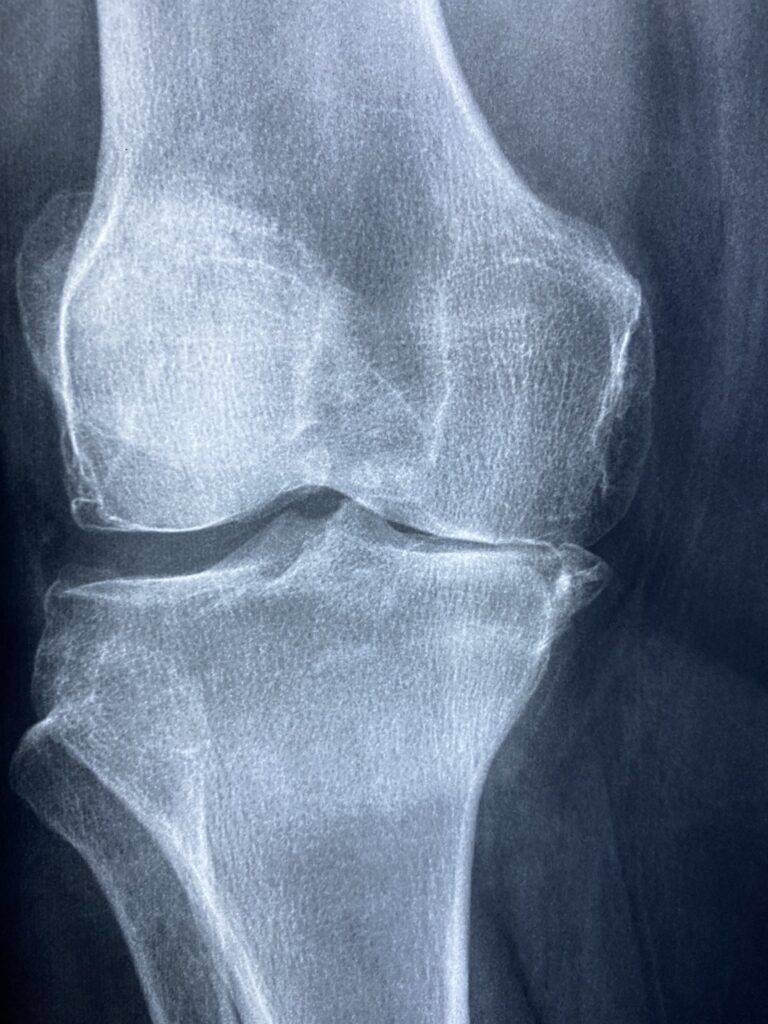MRSA: MRSA, or Methicillin-Resistant Staphylococcus Aureus, is a type of bacterium that is resistant to certain antibiotics, including methicillin and other commonly used antibiotics such as penicillin and amoxicillin. MRSA infections can occur in various parts of the body and are often associated with healthcare settings, but they can also occur in the community.
Symptoms of MRSA: The symptoms of MRSA infection can vary depending on the site of infection but may include:
- Skin infections: MRSA can cause skin infections such as boils, abscesses, cellulitis (inflammation of the skin and underlying tissue), or impetigo (a contagious skin infection characterized by red sores).
- Wound infections: MRSA can infect surgical wounds, cuts, or scrapes, leading to redness, swelling, pain, and pus drainage.
- Pneumonia: In severe cases, MRSA can cause pneumonia, which may present with symptoms such as cough, chest pain, difficulty breathing, and fever.
- Bloodstream infections: MRSA can enter the bloodstream and cause a serious infection known as bacteremia or sepsis, which can lead to fever, chills, rapid breathing, low blood pressure, and confusion.
Causes of MRSA: MRSA is caused by Staphylococcus aureus bacteria that have developed resistance to certain antibiotics. The bacteria can spread through direct contact with an infected wound or person, as well as through contaminated surfaces or objects. MRSA infections are more common in healthcare settings such as hospitals, nursing homes, and dialysis centers, where patients may have weakened immune systems or undergo invasive procedures that increase their risk of infection. However, MRSA infections can also occur in the community among otherwise healthy individuals.
Diagnosis of MRSA: MRSA infections are diagnosed through laboratory tests, which may involve:
- Swabbing the infected area: A sample of pus or fluid from the infected site may be collected and sent to a laboratory for testing to determine if MRSA bacteria are present.
- Blood culture: If MRSA bacteremia is suspected, a blood sample may be collected and cultured to identify the bacteria.
Treatment of MRSA: Treatment for MRSA infections depends on the severity and location of the infection but may include:
- Antibiotics: In many cases, MRSA infections can be treated with antibiotics that are still effective against MRSA, such as vancomycin, linezolid, daptomycin, or trimethoprim-sulfamethoxazole (TMP-SMX). However, some strains of MRSA may be resistant to multiple antibiotics, making treatment more challenging.
- Drainage: For skin or wound infections, drainage of the infected area may be necessary to remove pus and promote healing.
- Supportive care: Patients with severe MRSA infections, such as pneumonia or bloodstream infections, may require supportive care in a hospital setting, including intravenous fluids, oxygen therapy, and monitoring of vital signs.
Prevention of MRSA: Preventing MRSA infections involves several strategies, including:
- Practicing good hand hygiene: Washing hands regularly with soap and water or using alcohol-based hand sanitizers can help prevent the spread of MRSA bacteria.
- Keeping wounds clean and covered: Proper wound care can help prevent MRSA infection, particularly for individuals with cuts, scrapes, or surgical wounds.
- Avoiding close contact with infected individuals: Individuals with MRSA infections should avoid close contact with others, and healthcare providers should use appropriate infection control measures to prevent transmission in healthcare settings.
- Using antibiotics judiciously: Overuse or misuse of antibiotics can contribute to the development of antibiotic-resistant bacteria such as MRSA. Antibiotics should only be used when necessary and prescribed by a healthcare professional.

Conclusion: MRSA is a type of bacteria that is resistant to certain antibiotics, making infections more difficult to treat. MRSA infections can occur in various parts of the body and may range from mild skin infections to more severe infections such as pneumonia or bloodstream infections. Early recognition, appropriate treatment, and preventive measures are essential for managing MRSA infections and preventing their spread in healthcare and community settings. Practicing good hygiene, avoiding close contact with infected individuals, and using antibiotics judiciously can help reduce the risk of MRSA infections and promote overall public health.




